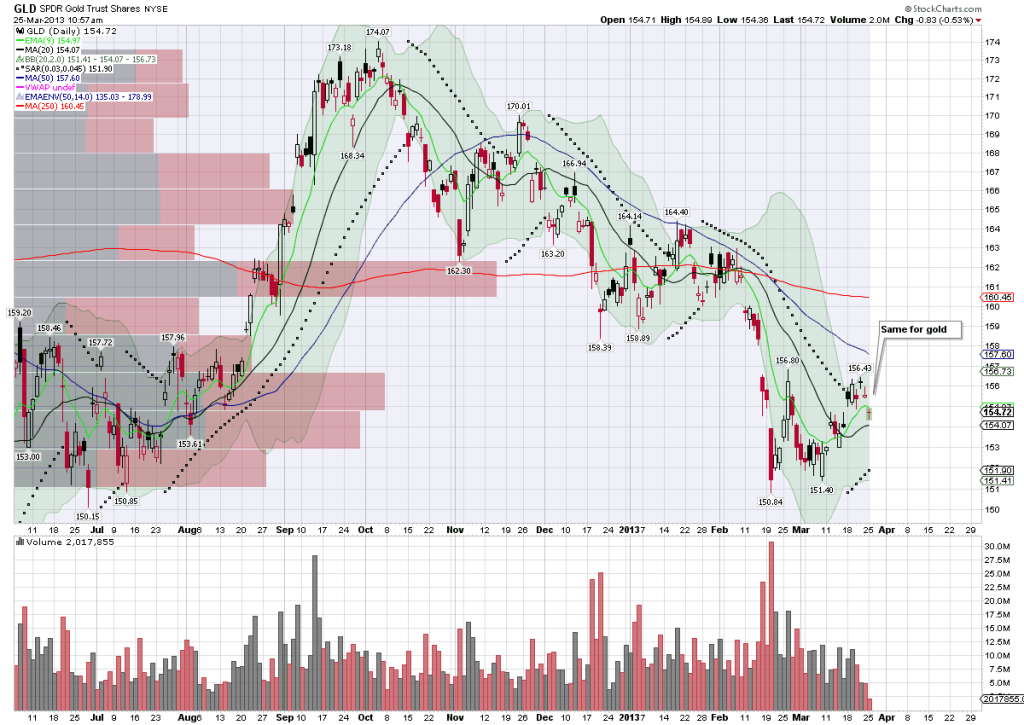Understanding Momentum Trading the money guys
Post on: 16 Июнь, 2015 No Comment

Understanding Momentum Trading
Ad by Google
There are many strategies that people employ when trading stock. All of them aim to provide the most ideal way of trading for the most profits. It all differs on a traders preference or risk tolerance. Among the many strategies, momentum trading is considered for traders who wish to profit in the short term.
What is Momentum Trading?
Momentum trading is a type of trading strategy that depends on a stocks momentum. This refers to how fast a typical stock is moving at very high volumes in one direction. When it comes to momentum trading, it refers to the type of trading style that relies on a stocks upward momentum. Momentum traders usually try to locate stocks indicating a strong upward move at high volumes. These traders then attempt to join in the momentum by buying these stocks to gain profit from them.
Trending Stocks
Momentum traders usually try to ride on the trend of buying hot stocks and selling the cold ones. Momentum investing is based on the belief that trending stocks are more likely to continue moving in one direction rather than against it. But the stock market can sometimes operate where it may be difficult to determine which stocks are establishing a trend. Stock prices may be moving up one day and down on another. Discovering established trends is where most momentum traders may be facing a challenge. That is why momentum trading is usually ideal for day traders, where short-term gains are achieved on a day-to-day basis. But some investors also employ momentum trading techniques to buy stocks for some long positions.
Momentum Indicator
Momentum traders make use of different tools to help them achieve their goals. One valuable tool is the momentum indicator. This indicator can be used to show developing trends by way of measuring the changes of the stocks closing price. This indicator is a centered oscillator where the changes fluctuate based on a zero line. Momentum traders use the momentum indicator in order to determine buy and sell signals for stocks.
Relative Strength Index
While the momentum indicator may be a valuable tool, traders are wise to use them in conjunction with other market indicators. One of them is the Relative Strength Index or RSI. This indicator can help traders and investors determine whether a stock or security is being oversold or overbought in the market. This indicator uses a value range from 0 to 100. A stocks RSI reading showing 70 or higher for example, may indicate an overbought stock. This may tell traders and investors that the stock may likely experience a fall in price. An RSI reading of 30 and below may indicate a stock that is being oversold in the market, which may indicate that prices may soon rise.
Level II Window
Another tool that momentum traders use is the Level II window. It usually displays the bids and asks of a certain security. It will show the best bid and ask price from every market that publicly posts a quote. By showing the imbalances between the bid and ask prices, this tool can help show momentum of certain securities that momentum traders always look for.














